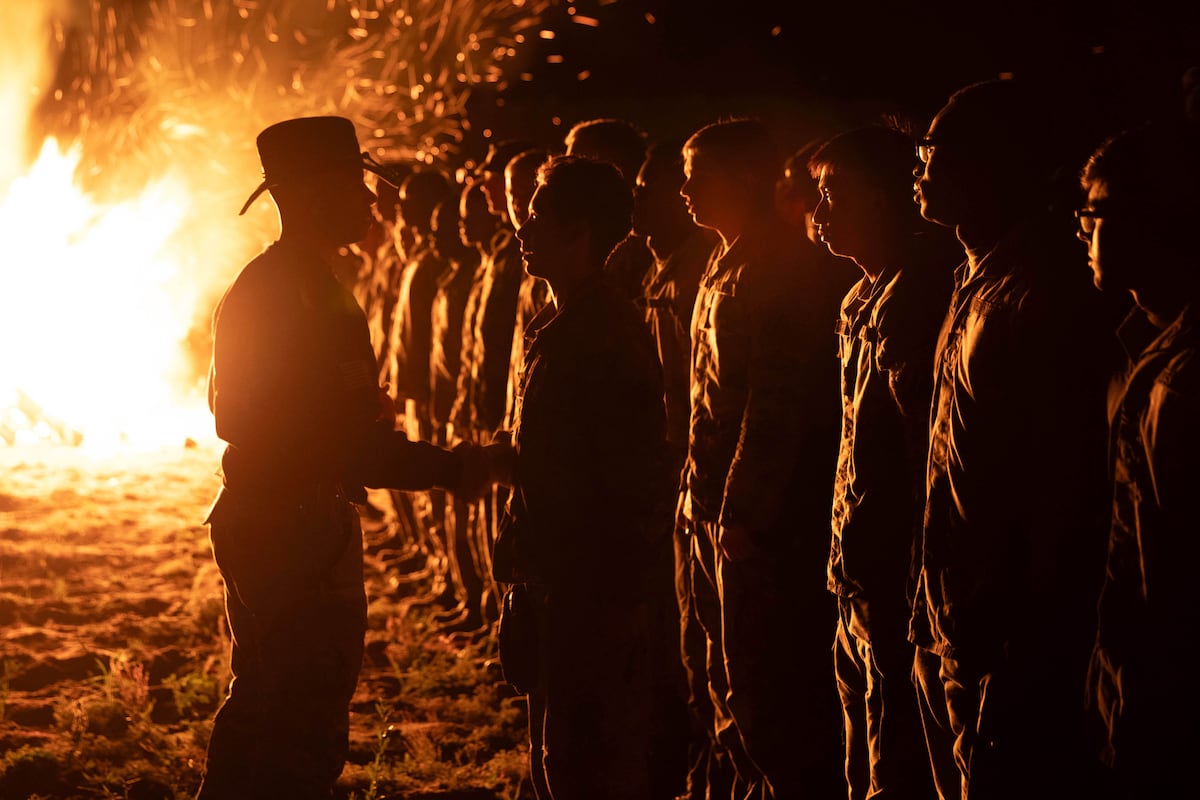Overview of Ukraine’s Evolving Drone Warfare Tactics
In a concealed site within rural Ukraine, Ukrainian forces have significantly escalated their drone operations targeting strategic Russian assets. This multifaceted campaign aims to undermine Moscow’s military logistics and energy infrastructure as the conflict enters a new phase.
Night Operations: Assembling Attack Drones
At covert locations, Ukrainian personnel assemble attack drones under the cover of darkness, executing missions with stealth and precision. These aircraft are designed to penetrate deep into Russian territory, focusing on key targets such as:
- Oil refineries
- Fuel storage facilities
- Military supply depots
Since mid-2023, Ukraine’s drone offensive has intensified, inflicting damage on energy centers across Russia and placing increasing strain on Moscow’s aerial defense systems.
Operational Successes and Strategic Implications
The strikes have led to notable logistical challenges for Russia, including gasoline shortages and the implementation of fuel rationing in certain regions. According to Lt. Gen. Vasyl Maliuk, commander of the Ukrainian Security Service, over 160 successful drone strikes have been executed against essential oil facilities this year.
Despite assertions from Western analysts that the impact of these strikes has not been wholly debilitating, the cumulative effect is significant. Ukrainian drones have repeatedly targeted 16 major refineries, constituting approximately 38% of Russia’s refining capacity. However, the resilience of Russian infrastructure has allowed most facilities to resume operations relatively quickly.
Tactical Adaptations: Shifting the Conflict’s Geography
The Ukrainian strategy of utilizing unmanned aerial vehicles (UAVs), particularly the locally produced Liutyi drones, demonstrates a commitment to innovation and adaptability. The Liutyi, characterized by its utilitarian design, lacks the sleek profile of traditional military drones but offers distinct advantages:
- Ease of assembly and concealment
- Customization for specific missions
- Extended operational range now reaching up to 1,000 kilometers
This evolution in drone capability signifies a substantial shift in the theater of conflict, as engagements previously confined to western Russian borders now extend deeper into Russian territory.
Logistical Deterioration for Russia
The broader strategic objective of the Ukrainian drone strikes is apparent: through logistics attrition, Ukraine aims to degrade Russia’s operational capacity. Analyses indicate that drone attacks have reduced Russian refining capability by approximately 500,000 barrels per day, leading to domestic fuel shortages and restrictions on exports of vital products such as diesel and jet fuel.
Independence from Western Aid
Ukraine’s domestic drone production allows for autonomous operational planning, circumventing delays associated with seeking Western approval for long-range munitions. This capability has developed alongside increased sanctions targeting Russia, permitting Ukraine to strike before allies imposed further restrictions.
Human Element in Warfare
Each drone mission represents a careful balance between strategy and human cost. The likelihood of mission success varies, with fewer than 30% of drones reaching their designated targets. The commander, known by the call sign “Fidel,” emphasizes the importance of meticulous planning while reflecting on the sacrifices made during this conflict.
Fidel remarked, “War has fallen to our generation to ensure a free democratic future for our children. The experience we gain will inform military practices globally and comes at the cost of lives, both ours and our comrades’.”
Conclusion: A Changing Landscape
As the conflict continues to evolve, Ukraine’s advancements in drone warfare not only signify a tactical shift but also highlight the implications for international security dynamics. With increasing autonomy and strategic initiative, Ukraine is redefining its approach to warfare, challenging traditional notions of territorial safety that Russia once assumed.
As this situation develops, defense analysts should closely monitor the broader ramifications of these evolving tactics on regional stability and military strategy.





